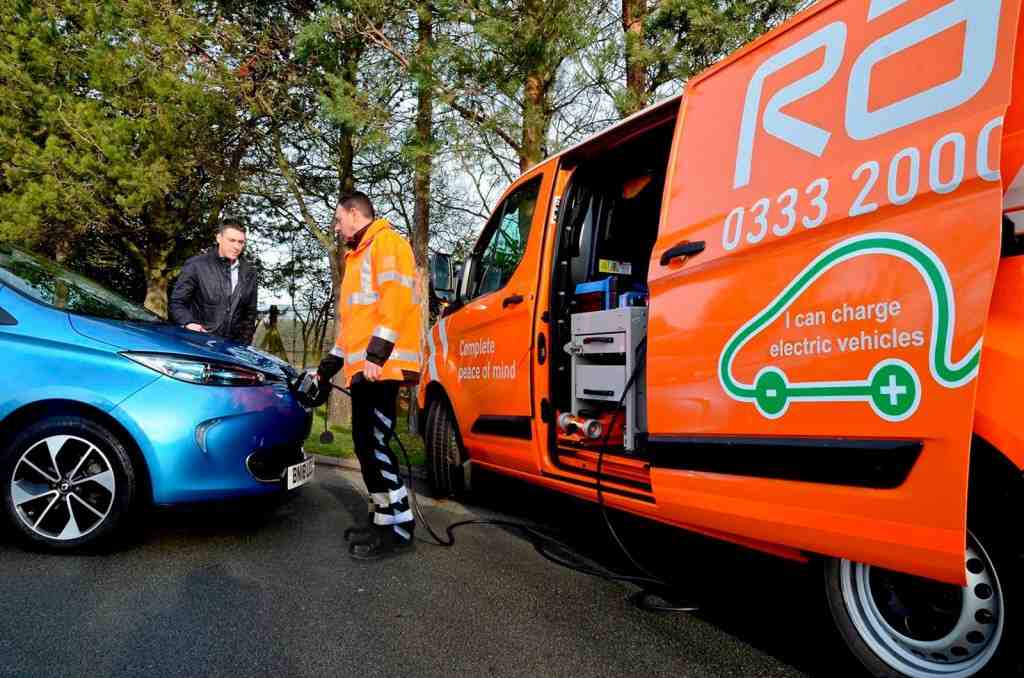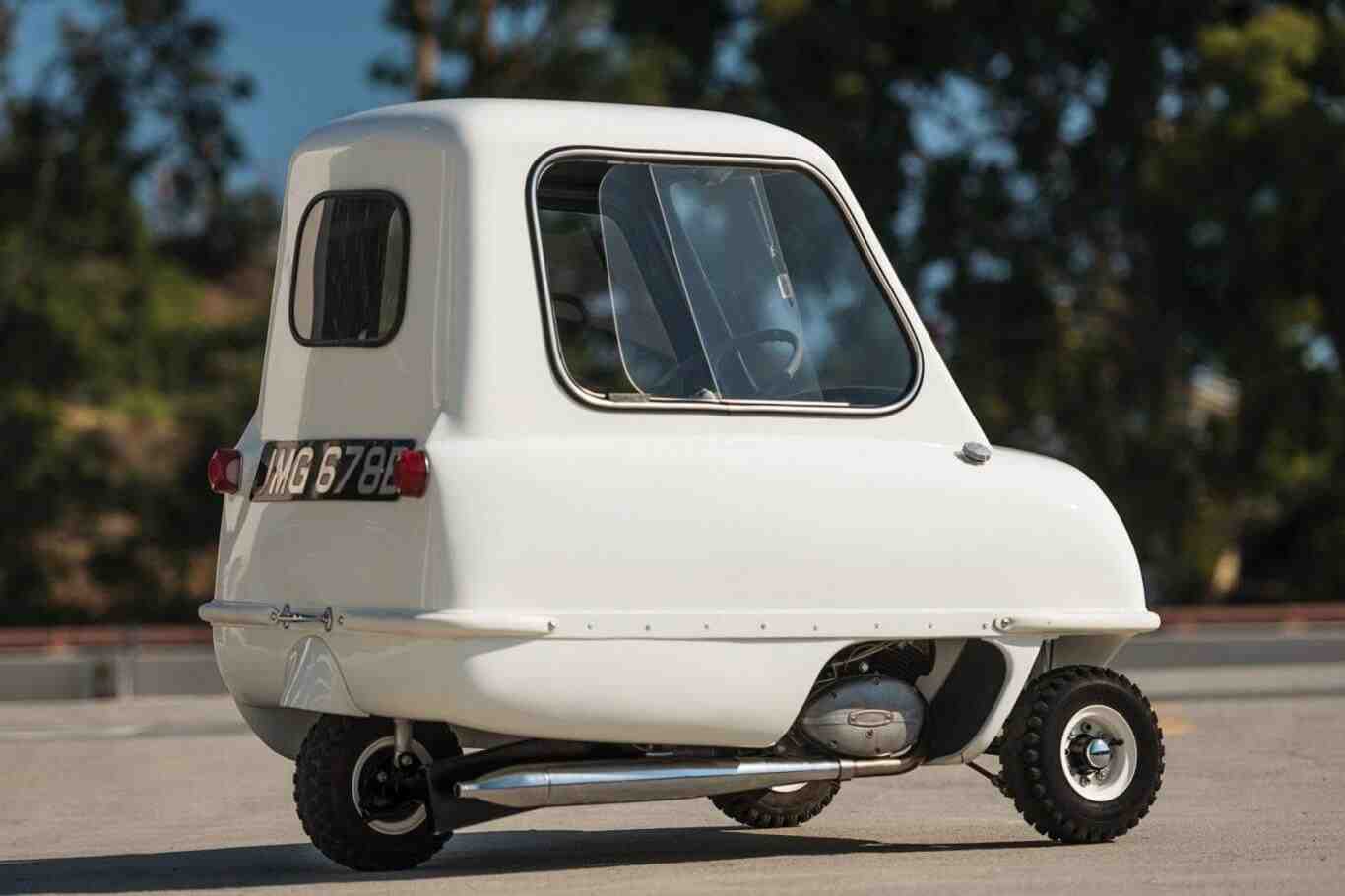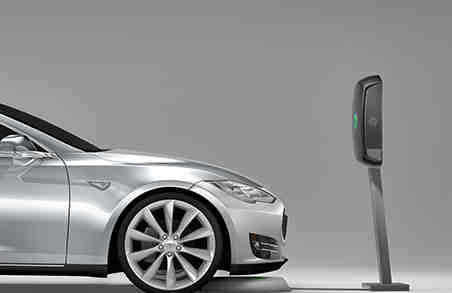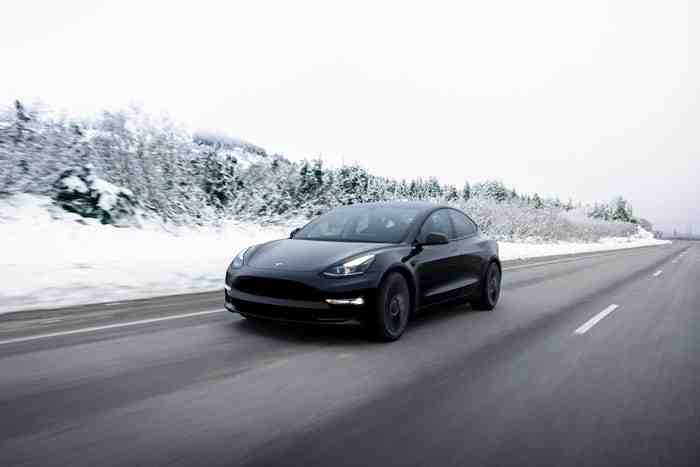How much does it cost to fill up a electric car?
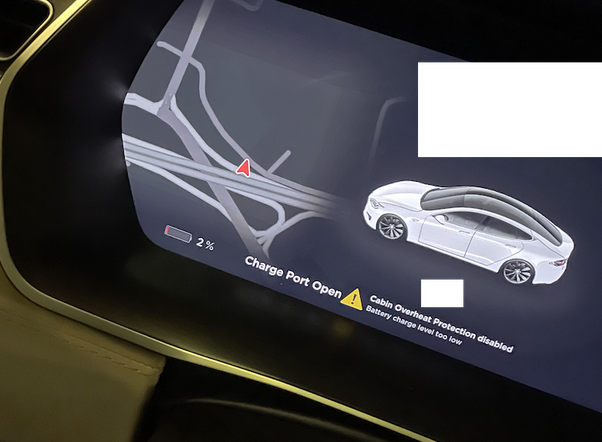
If electricity costs ¢ 10.7 per kWh and the vehicle uses 27 kWh to drive 100 miles, the cost per mile is approximately $ 0. To see also : How far can a Tesla go on one charge at 70 mph?.03. If electricity costs 10.7 per kilowatt hour, charging an electric vehicle with a range of 200 miles (assuming the battery is fully discharged at 54 kWh) will cost around $ 6 to reach a full charge.
How much does it cost to charge an electric car at Walmart? Prices range from 25 cents to 99 cents depending on the vehicle’s power level, with a session fee of $ 1.
How much does it cost to fill-up a Tesla?
The total cost of charging Tesla is not too high. The Tesla Model X costs $ 15.29 to fully charge, while the Tesla Model 3 costs $ 7.65 to fully charge. This works out to be around 3 to 4 cents a mile.
How much does it cost to charge a Tesla at a charging station? To see also : How long does it take to charge a Tesla at a public charging station?.
Tesla says it charges an average of $ 0.28 per kWh for using one of its chargers in states where this type of billing is allowed. Where per minute rates apply, they are $ 0.26 when cars charge up to 60kW or less, and $ 0.13 when cars charge above 60kW.
Is it free to refill a Tesla?
Idle charge for superchargers is a fleet-wide initiative to ensure that all Tesla drivers have trouble-free charging. Superchargers are designed for fast charging and should therefore only be used for as long as the vehicle is charging.
How much does it cost to charge an electric car at a public charging station in Canada?
Fortunately, most Tier 3 stations have both SAE-Combo and CHAdeMO connected, meaning any car of any brand can use any Tier 3 charging station in Canada and the United States. Read also : How much does it cost to charge a Tesla at a supercharger station?. Most tier 3 charging stations are chargeable to use and most are billed per minute with an average cost of $ 15 per hour.
How much does it cost to charge an electric car at a supercharger station?
If you are charging with Tesla Boost, the cost will usually be around $ 0.25 per kW if you purchased a Model S or Model X after January 2017. Recharging is free for cars purchased before Jan 2017. An average top-up cost of $ 0.25 also applies. per kW for model 3.
Is electric car charging free in Canada?
All public tier 2 charging stations (except Tesla) use the same plug standard which means any car of any brand can use any tier 2 charging station in Canada and the United States. Many tier 2 public charging stations are free of charge.
How long does it take to fill-up an electric car?
The electric car can be charged at home or at any public charging station. Charging the car fully takes only 30 minutes or it can take up to half a day. The size of the battery or the speed of the charging point may change the time required.
How fast can an electric car recharge?
Charging electric car batteries in the marketplace can take anywhere from 30 minutes to 12 hours, according to Pod Point, a manufacturer of electric vehicle chargers, although charging a typical electric vehicle from empty to full takes about eight hours.
How long does a full charge last on electric car?
Growing Range of Electric Vehicles Moving fast, Nissan has just launched its newest electric car with a range of 460 km (285 miles). The new Hyundai Kona, Volkswagen ID. 3 Tour, and the Kia EV6 (all reasonably priced) can cover 300-500km (186-300 miles) on a single charge.
Is it safe to charge Tesla everyday?

If the battery image shows “50%” and “100%”: Tesla recommends keeping the charging limit at 100%, even for daily use, and also regularly charging the vehicle to 100%.
How many times can you charge Tesla? Elon Musk stated earlier this year that the Tesla Model 3 power unit and body were designed to last a million miles. However, the battery has a minimum lifetime of 1,500 charge cycles, which should translate to 300,000 miles (standard range / standard range plus) to 500,000 miles (long range variants).
Is Tesla charging safe?
All charging stations must meet national safety standards, and according to Tesla, the superchargers are safe even in rain or snow. This is partly because the current doesn’t flow through the wire until the car is ready.
Does charging a Tesla to 100% damage the battery?
One of those things is charging to a full charge not very often. Multiple full charges can negatively affect lithium-ion cells, which is why Tesla recommends charging to 90% capacity daily and only charging to 100% when needed on long journeys.
What should you not do when charging a Tesla?
Warning: Do not force any part of the mobile connector or damage it with sharp objects. Warning: Do not insert foreign objects into any part of the mobile connector. Warning: Do not charge a vehicle that has a cover not approved by Tesla.
Is Tesla charging a problem?
Sometimes, software glitches can cause Tesla Model 3 charging problems. These software glitches can usually be fixed by restarting the car. If your Tesla Model 3 has a charging problem after a new update, the problem may be with the updated software. You will need to contact Tesla to see if this is the case.
Does Tesla fast charging damage battery?
Yes, your mechanic is right, quick charging will damage your electric car’s batteries over time and may even shorten their lifespan. Electric cars run on another source of energy: batteries.
Does a Tesla charger increase your electric bill?
All Tesla products have an average charging cost per mile of 4.56 cents per mile. So, if you only charge Tesla at home, you can expect your electricity bill to increase by around $ 50 each month.
Is it cheaper to charge Tesla at night?
Rates vary by station, but can often charge around $ 0.48 per kWh during peak hours versus $ 0.24 during off-peak hours. The new hours will encourage those who will be able to collect tolls later to wait and release some traffic at Supercharger stations during busy hours.
What are off-peak hours to charge Tesla?
Tesla has officially moved off-peak charging hours in California by two hours to 9:00 p.m., giving those looking to avoid the higher kilowatt-hour rates a slightly later time to comply. Off-peak charging rates allow Tesla owners to charge their vehicles at a reduced kWh rate.
Is it better to charge Tesla every night?
The short answer to the question is no. In general, an electric car should not be charged every day. In most cases it is not necessary. The practice of charging an electric vehicle every night can shorten the life of the car battery.
How do Teslas do in cold weather?
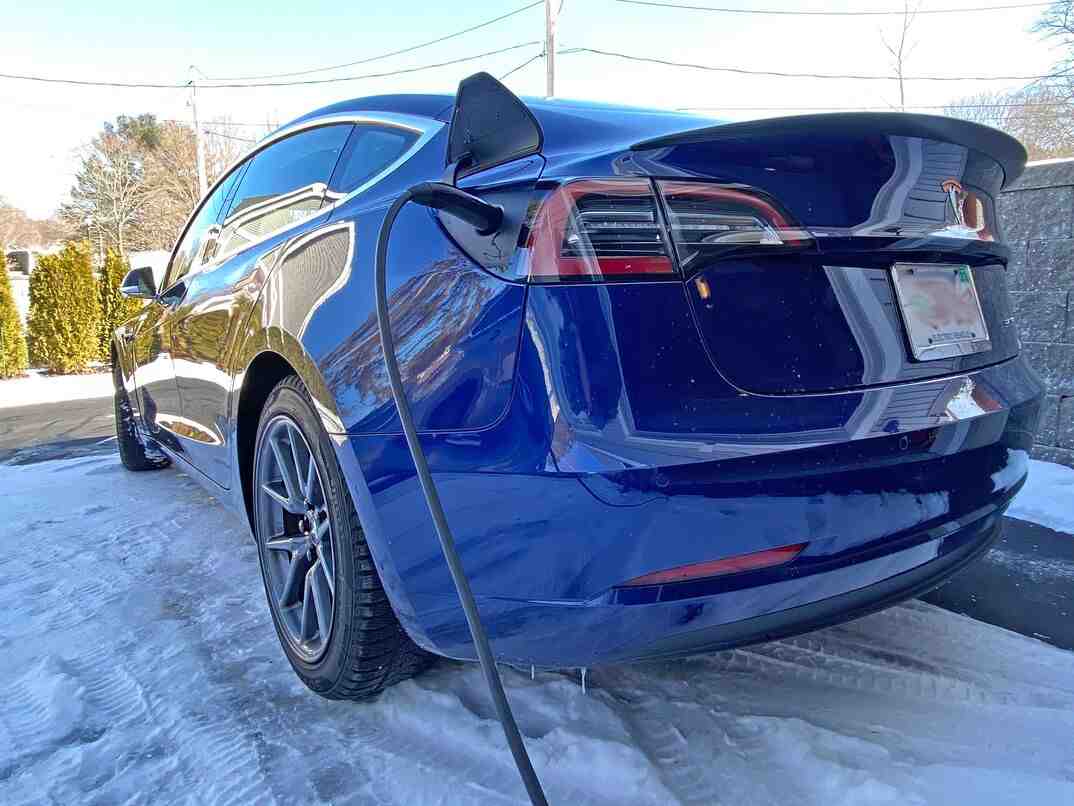
Now Car and Driver is sharing its own Tesla Low Temperature Test Results. Car and Driver said its Tesla Model 3 was able to maintain an interior temperature of 65 degrees Fahrenheit (18.3 ° C) for a maximum of almost two days, losing an average of 2.2% of its load per hour.
How Cold Is Too Cold For Tesla? As a Tesla owner, you may already have experienced the fact that charging and operating your Tesla at temperatures around 32 ° C or below will reduce range and extend charging times.
How does cold weather affect Tesla?
Whether you are driving an electric or gas car, cold weather will reduce your vehicle’s performance. With Tesla, you will quickly see a drop in range. Electric cars like to keep batteries within the optimal operating temperature range.
Do Teslas do worse in cold weather?
Tesla vehicles lose much less range in cold weather than other electric vehicles, tests show. All electric vehicles lose range in cold weather because cold temperatures slow down the chemical processes in the batteries, which also have to use energy to heat the car’s interior.
Does cold weather affect Tesla battery?
Cold weather can increase energy consumption as more energy is needed for driving, heating the cabin and the battery. Follow the suggestions below to reduce energy consumption: Use seat heaters to keep warm. Seat heaters use less energy than cab heaters.
Do Teslas handle well in the snow?
The Tesla Model Y seems to perform well in deep snow, which is not surprising as it comes standard with two engines and all-wheel drive. That said, it’s important to have winter tires on your car.
Is Tesla safe to drive in snow?
In freezing conditions, use the defrost function in the Tesla App to melt snow and ice from important surfaces. Before driving, check that important areas are not frozen or covered.
Do Teslas have problems in the winter?
Tesla – recall of defective heat pumps from the market, loss of heating at low temperatures. As some Tesla owners have complained that their vehicles do not heat up in cold weather, the car maker has issued a reminder it says will fix the problem.
Do Teslas have problems in the winter?
Tesla – recall of defective heat pumps from the market, loss of heating at low temperatures. As some Tesla owners have complained that their vehicles do not heat up in cold weather, the car maker has issued a reminder it says will fix the problem.
Are Teslas good for driving in snow?
Let’s get it out of the way: yes, you can drive a Tesla in the snow. Heck, you can drive almost any electric car on snow, just like you can drive on snow with almost any internal combustion engine (ICE) car – but the experience can be very different for two reasons.
Are Teslas reliable in winter?
Tesla perform well in snow thanks to advanced traction control systems. However, Tesla regenerative braking can be dangerous on slippery roads and cause a sudden loss of grip if drivers are not prepared.
How does heat and AC work in a Tesla?
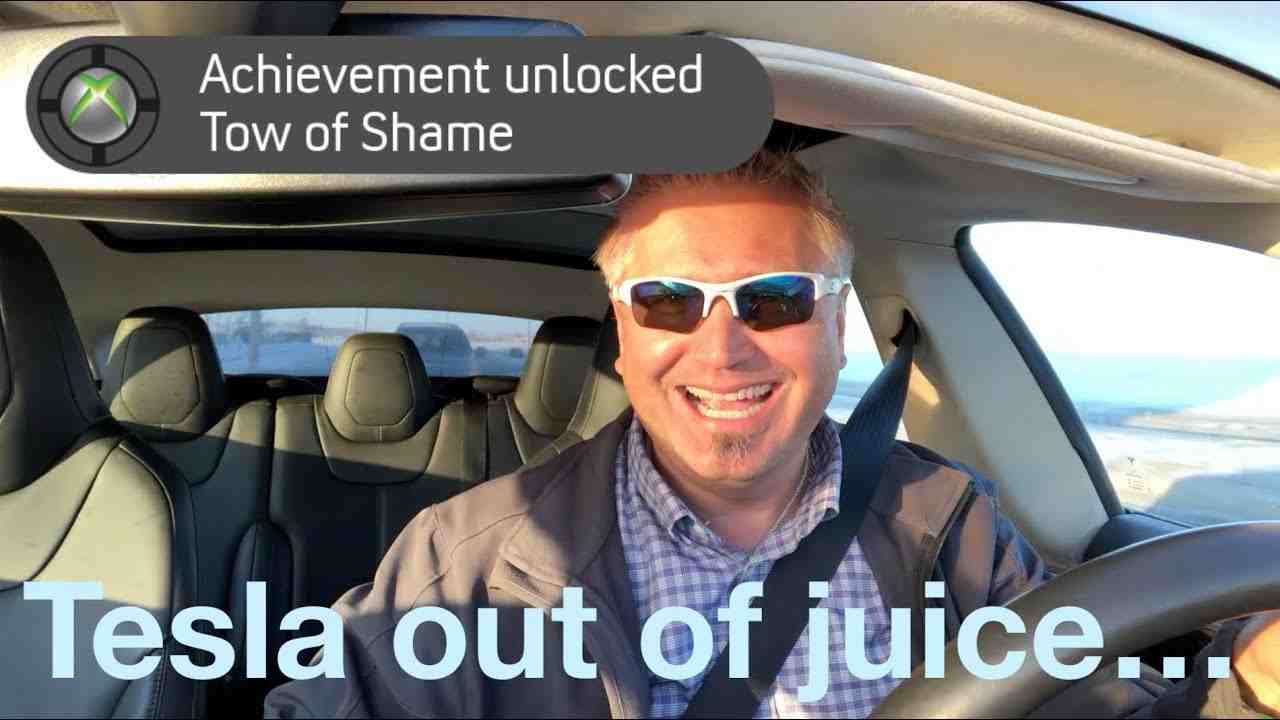
Instead of electric resistance heating, Tesla has equipped the Model Y with a heat pump. The heat pump essentially transfers heat energy from the heat source to a thermal tank. In simple words, it works like an air conditioner, but vice versa.
How does heat work on Tesla? All Tesla vehicles (pre-Model Y) heat the cabin using a resistive heating system in which electricity is transmitted through a resistive heating element that produces heat that is blown from the vents. .
How much power does the heater in a Tesla use?
| Make / model | Tesla Model 3 |
|---|---|
| Physique | Sedan |
How long will the heater run in A Tesla?
Tesla could theoretically last a maximum of 45.1 hours, while Hyundai would last 51.8 hours. Not surprisingly, the Tesla is much more efficient, burning 1.6 kWh per hour compared to a Hyundai sucking on gas at 10.3 kWh per hour.
Does Tesla lose battery in heat?
In that case, contact Tesla. Model S and X should lose around 1-4 miles, or 1-3% per day (often known as vampire drainage), however this varies greatly depending on the settings you enable and outside temperature etc.
How is the AC in a Tesla?
In its own words, Tesla cars use a compressor that is “similar to that found in a domestic refrigerator” except that it runs at 400 volts. It is located in the front of the car and draws its energy from the car’s battery or Tesla’s Energy Storage System (ESS) at the rear.
Can you sleep in a Tesla with the AC on?
There are many luxuries in using a Tesla, such as setting the air conditioning to the exact temperature you like and keeping it all night long without the harmful emissions of carbon monoxide. In addition, it has its own security system and cameras to monitor the environment while you sleep.
What runs the AC in a Tesla?
Tesla currently uses electric resistance heating systems on its other cars – the Model 3, Model S, and Model X. Here, electricity is sent through a resistive heater that helps heat the cabin. This is similar to the operation of heated seats or some electric space heaters.
How does Tesla climate control work?
Climate Controls Overview When adjusting the cab temperature in Auto mode, the system automatically adjusts heating, air conditioning, air distribution and fan speed to maintain the selected temperature in the cab.
What is Tesla preconditioning?
The purpose of preconditioning is to raise the temperature of the Tesla battery to the appropriate temperature before charging. This use of preconditioning is evident in many scenarios, such as charging a Tesla at extremely low temperatures or preparing a Tesla battery for recharging.
Can you leave the AC on in a Tesla?
Member. On the S model, when the car is in Park mode, you touch the custom A / C button and there is an option to “leave A / C on”. I believe it will work up to 20% battery level.
How long do Teslas hold a charge?

Tesla batteries last an average of at least 262 miles on a single charge. Of course, it depends on your driving style and road conditions. This means that if you are driving a Standard Model 3 50 miles in one direction, you will need to recharge after the fifth trip.
How long will Tesla charge without driving? Tesla cars can last up to 60-70 days free of charge. Your settings must be restricted to allow it to sleep. Tesla recommends charging it “daily” to 90%, but sitting without using a battery only discharges 1-2% a day.
How long will Tesla battery hold charge?
As mentioned, with any Tesla car, the battery will last for at least 267 miles on a single charge. The range depends on how you ride and how big your battery is. Currently, the longest range that Tesla offers is around 375 miles of range when fully charged.
How long does a Tesla battery hold?
| Model | Battery life span |
|---|---|
| Model S (40, 60 from 2012-2015) | 8 years / 125,000 miles |
| Model S (before 2020) | 8 years / unlimited miles |
| Model S (after 2020) | 8 years / 150,000 miles |
| Model 3 (standard range) | 8 years / 100,000 miles |
How long will a Tesla hold its charge while parked?
If the battery is fully charged when parking, it will drop to 50% after about a week. The vehicle then automatically switches to a 5% discharge weekly. Newer Tesla models, including the Model S, tend to lose around 1% of their power per day.
Sources :
